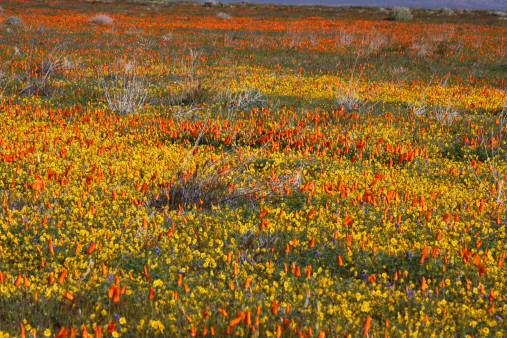
While spring has its advantages when it comes to planting wildflower seeds, post-Labor Day is also a great time of year to get them in the ground. What’s nice about planting in the fall is the surprise you’ll get come spring, when your wildflowers bloom 2-4 weeks earlier than if you had waited to plant until May.
If you decide to plant your seeds in the fall, make sure to wait until you’re sure it’s cool enough that nothing will sprout before winter. They should lay dormant until springtime moisture and warmth pull them out of the soil.
In the fall, wildflower seeds should be planted on flat ground. A sloped surface puts the seed in danger of a “washout” during the fall or winter, so these areas are best saved for spring planting.
Ready to begin? Here are some general tips to keep in mind:
- Wildflowers crave sunlight. Plant in an area that receives at least six hours of direct sunlight each day.
- No need to be picky about soil– wildflowers are adaptable and can grow in almost all types. There’s also no need for fertilizer. If you really feel determined to use some fertilizer, make sure it’s organic and low in nitrogen!
- Clear away existing growth. Once you’ve determined where you want to plant, dig up everything that you find growing there, turn and rake the soil.
- If possible, plant your wildflower seeds within reach of your garden hose, for easy hydration access.
- Don’t rake or cover your seeds with soil once they’ve been sown. Rather, use a lawn roller to compress the wildflower seeds into the soil. In a smaller area you might be able to walk across the newly planted seeds and press footprints evenly over the entire space.
SKM: below-content placeholderWhizzco for CRH

